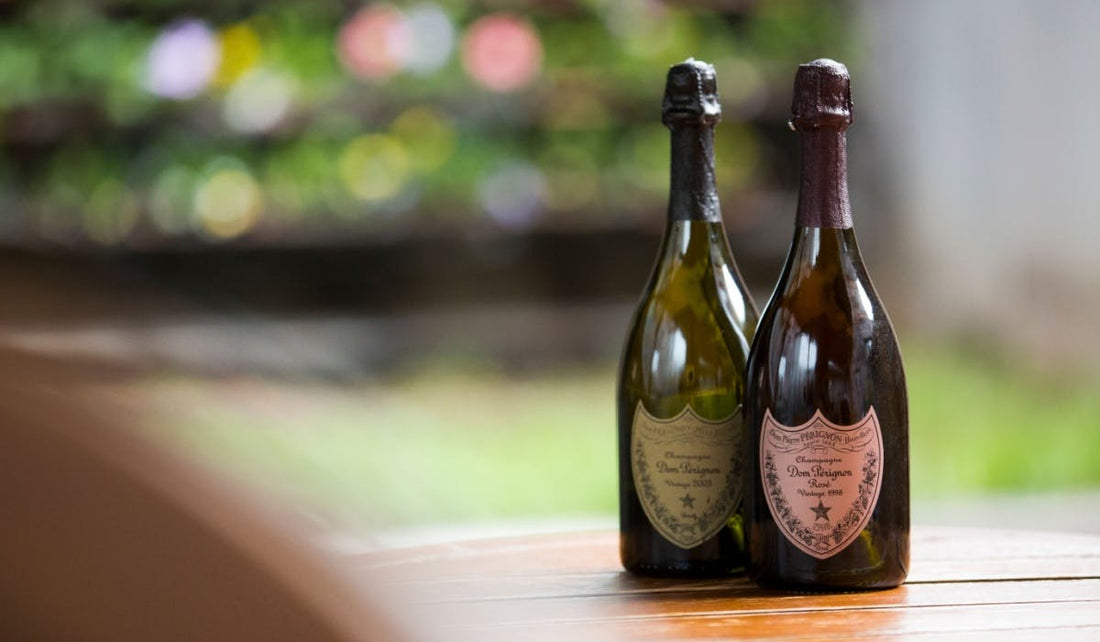
Dom Pérignon: The Legacy of Luxury in Every Bubble
Share

Dom Pérignon stands as a paragon of luxury and refinement in the world of Champagne. Its name evokes images of celebration, exclusivity, and unparalleled quality. But beyond its iconic status lies a rich tapestry of history, meticulous craftsmanship, and a commitment to excellence that spans centuries. In this comprehensive exploration, we delve into the origins, production, and cultural significance of Dom Pérignon, offering insights into what makes this Champagne truly exceptional.
The Origins of Dom Pérignon
The story of Dom Pérignon begins with a Benedictine monk named Pierre Pérignon, born in 1638 in the Champagne region of France. In 1668, he became the cellar master at the Abbey of Hautvillers, where he dedicated himself to improving the quality of the monastery’s wines. Contrary to popular myth, Dom Pérignon did not invent sparkling Champagne; however, his innovations in blending grapes and refining production techniques significantly enhanced the wine’s quality and consistency. His emphasis on purity, balance, and harmony laid the groundwork for modern Champagne production.
The Birth of the Dom Pérignon Brand
The brand Dom Pérignon was introduced much later, in the 20th century. The first vintage, from the 1921 harvest, was released for sale in 1936. This inaugural release set the precedent for Dom Pérignon’s commitment to producing only vintage Champagnes, meaning each bottling comes from a single year’s harvest, reflecting the unique characteristics of that year’s climate and conditions.

The Philosophy: Vintage-Only Excellence
One of the defining principles of Dom Pérignon is its dedication to vintage-only production. Unlike many Champagnes that blend wines from multiple years to maintain a consistent house style, Dom Pérignon embraces the individuality of each vintage. This approach allows the Champagne to express the specific qualities and nuances of a particular year’s harvest, resulting in a unique and unrepeatable creation with each release.
The Art of Blending: Crafting the Cuvée
The creation of Dom Pérignon is a meticulous process that begins with the careful selection of grapes. The Champagne is typically composed of a blend of Chardonnay and Pinot Noir, with the exact proportions varying depending on the vintage. This blend aims to achieve a harmonious balance between the elegance and finesse of Chardonnay and the depth and structure of Pinot Noir.
The grapes are sourced from Grand Cru and Premier Cru vineyards, ensuring the highest quality fruit. The blending process is both an art and a science, requiring the expertise of the Chef de Cave (cellar master) to create a cuvée that embodies the house’s signature style while showcasing the unique characteristics of the vintage.
Vinification and Aging: Nurturing Complexity
After blending, the wine undergoes primary fermentation in stainless steel tanks. It is then bottled with a mixture of yeast and sugar to initiate secondary fermentation, which produces the Champagne’s signature bubbles. The bottles are aged on their lees (dead yeast cells) for a minimum of seven years, although some vintages may age much longer. This extended aging process contributes to the development of complex aromas and flavors, as well as the creamy mouthfeel that Dom Pérignon is renowned for.
During aging, the bottles are periodically riddled (rotated) to encourage the sediment to settle in the neck of the bottle. Once aging is complete, the sediment is removed through disgorgement, and a dosage (a mixture of wine and sugar) is added to balance the Champagne’s acidity and sweetness.
Tasting Profile: A Symphony of Sensations
Dom Pérignon is celebrated for its complexity, precision, and elegance. While each vintage has its unique profile, common tasting notes include:
• Aroma: A vibrant bouquet with hints of almond, citrus, and white flowers, evolving into deeper notes of toasted brioche, vanilla, and dried fruits as the Champagne ages.
• Palate: A harmonious balance of richness and freshness, with flavors of ripe stone fruits, citrus zest, and subtle minerality. The texture is creamy and refined, leading to a long, satisfying finish.
The precise characteristics can vary significantly between vintages, offering a unique tasting experience with each bottle.

Food Pairing: Elevating Culinary Experiences
Dom Pérignon’s versatility makes it an excellent companion to a wide range of dishes. Here are some exemplary pairings:
• Seafood: The minerality and acidity of Dom Pérignon complement the delicate flavors of oysters, lobster, and scallops, enhancing their freshness.
• Poultry and Game: Roast chicken, duck, and other game birds pair well with the Champagne’s depth and complexity, especially when accompanied by fruit-based sauces.
• Cheese: Creamy cheeses like Brie or Camembert create a luxurious pairing, with the Champagne’s acidity cutting through the richness of the cheese.
• Exotic Cuisine: Dishes with subtle spices or exotic flavors, such as mild curries or Asian-inspired cuisine, can be elevated by the nuanced profile of Dom Pérignon.
Notable Vintages: Celebrating Excellence
Certain vintages of Dom Pérignon have garnered particular acclaim due to exceptional climatic conditions and resulting wine quality. Some noteworthy examples include:
• Dom Pérignon 2008: Celebrated for its remarkable balance and aging potential, the 2008 vintage offers a vibrant acidity complemented by rich fruit flavors and a pronounced minerality.
• Dom Pérignon 1996: Known for its intensity and complexity, this vintage presents
https://www.omycellar.com/collections/dom-perignon
